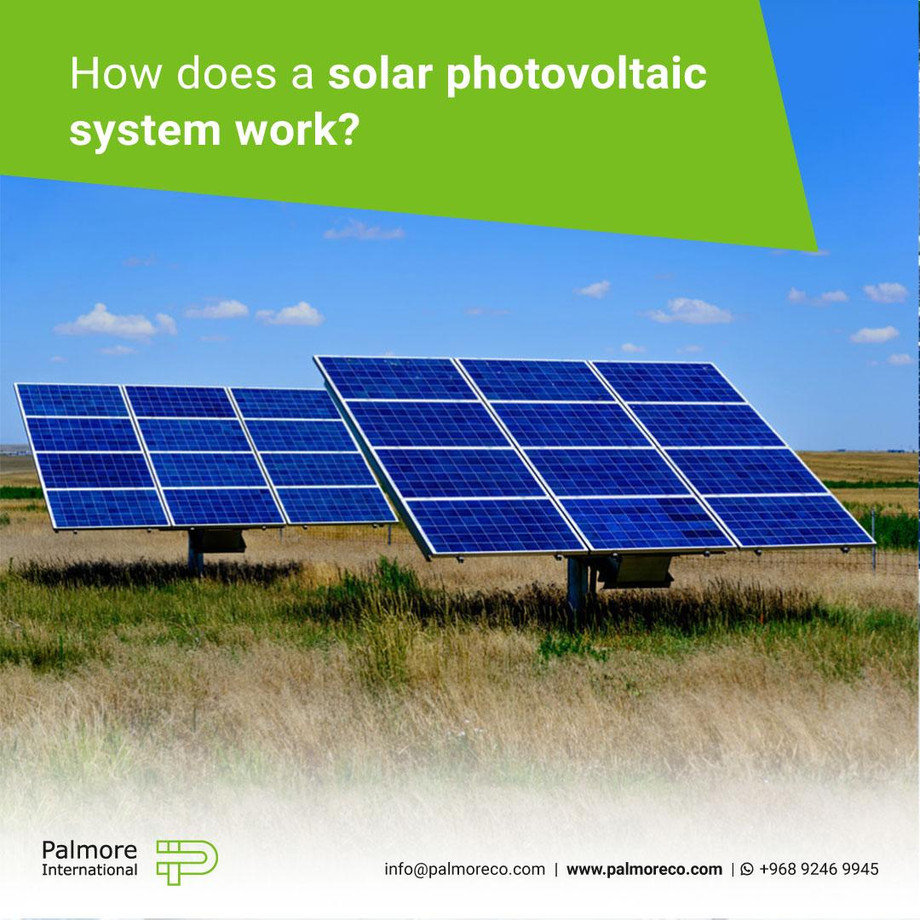If you are interested in solar energy professionally; You are probably able to explain how solar photovoltaic systems produce electricity. This process is mysterious and unknown to many, and there are often misconceptions about it among those who are not familiar with solar energy. For this reason, in this article we are going to talk about how solar installations produce electricity and how this process works. First, we will talk about the basics of how to produce solar energy, and then we will discuss the specifications of PV systems or Photovoltaics System.
Basics of a Solar Photovoltaic (PV) System
Solar PV systems are basically a combination of solar panels, the hardware needed to help power flow from the panels, and inverters. Depending on their type, PV systems can use string inverters, micro inverters or power optimizers to convert energy; But the basic structure of most PV systems is the same.
How does solar energy work in a photovoltaic (PV) system?
Solar panels convert the energy of photons (light particles) into electricity. This process is called the photovoltaic effect. When a photon hits a photovoltaic (PV) device; The photon energy is transferred to the local electrons of the material. Then these excited electrons flow and thus electricity is produced.
Solar cells (located inside solar panels) produce direct current (DC), which is usually converted to alternating current (AC) by an inverter. In this way, the electricity produced by these panels can be transferred to the power grid or used to supply energy to electrical appliances (or commercial installations of solar buildings).
The process of how solar panels work includes the following three main steps:
1-The solar cells inside the solar panels absorb the sunlight and this causes the electric current to start flowing.
2-An inverter converts DC power to AC power.
3-This electricity is used to supply the energy needed by the customers’ buildings, and the excess electricity over the customer’s consumption can be transferred to the power grid.
What happens to the electricity produced in a solar photovoltaic (PV) system?
Most solar panel customers in the United States have grid-connected solar installations. Their house is connected to the electricity grid; Therefore, they can use the energy provided by the electricity grid when their needs are more than the electricity produced by their solar installations (for example, on rainy days or at night). In addition, whenever the energy produced by their PV system is more than their consumption needs; They can transfer excess energy to the power grid so that others can use it.

